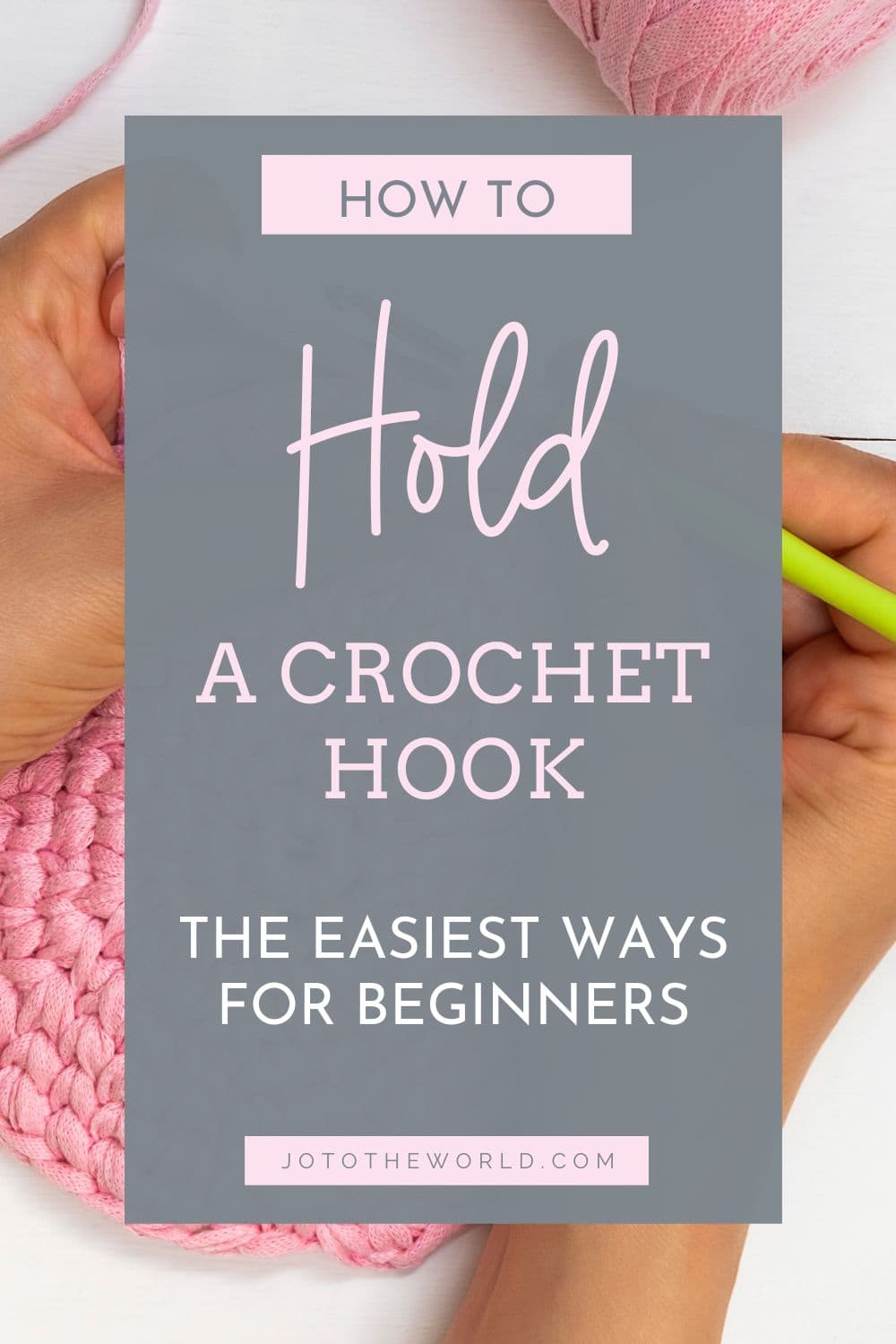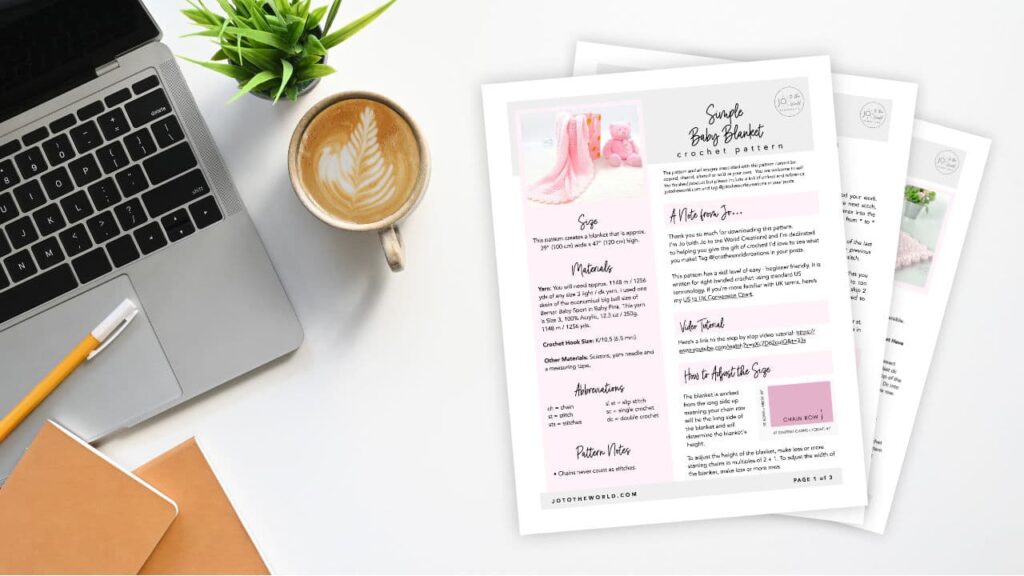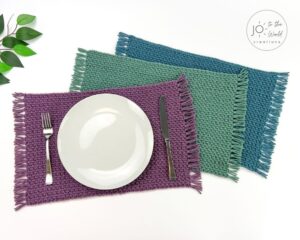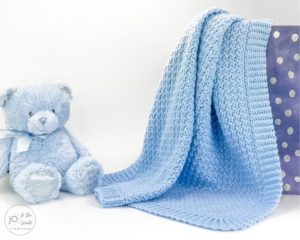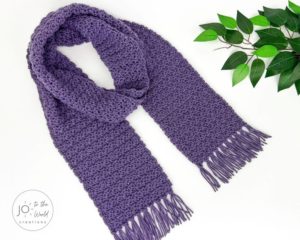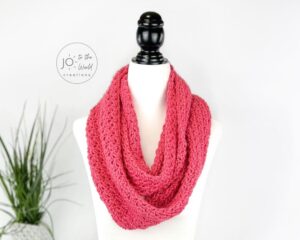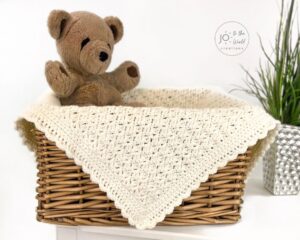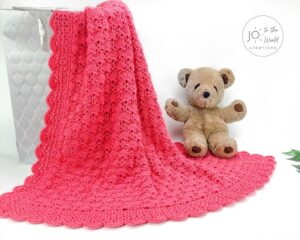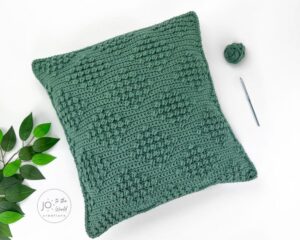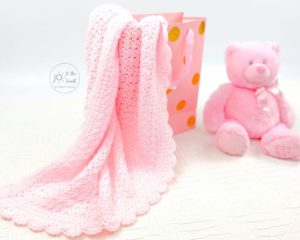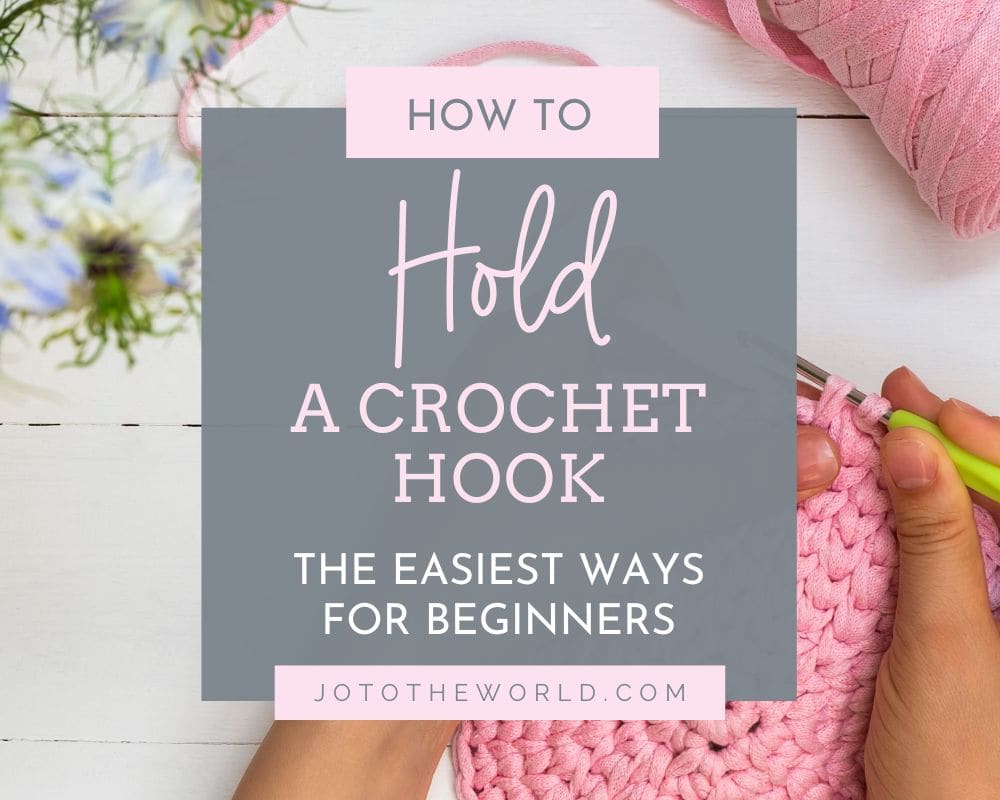
How to Hold a Crochet Hook – Easiest Ways!
Learn the easiest ways to hold a crochet hook that is comfortable and effective. These two beginner-friendly crochet hook holds will help you get started crocheting right away.
Before we begin, I would like to thank you for visiting Jo to the World Creations, a site dedicated to helping you give the gift of crochet.
More free patterns (that make awesome crochet gifts) are on the way! Sign up for my emails, follow me and never wonder “What should I make for…” again!
FREE PATTERNS FOR CROCHET GIFTS
Delivered to your inbox
AND GET A FREE PDF OF THE LOVE PILLOW
& A FREE CROCHET CHEAT SHEET
Unsubscribe at any time.
Delivered Socially
Follow Me on
Holding a Crochet Hook
You can’t crochet without a hook. A crochet hook is one of the most essential crochet supplies. But holding the crochet hook as you learn how to crochet can feel awkward and uncomfortable. Here I’m going to show you the two easiest grips for beginners so you can crocheting actual items instead of figuring out how to hold a crochet hook!
First, it’s important to understand the different parts of the hook as it will help you learn the different grips.
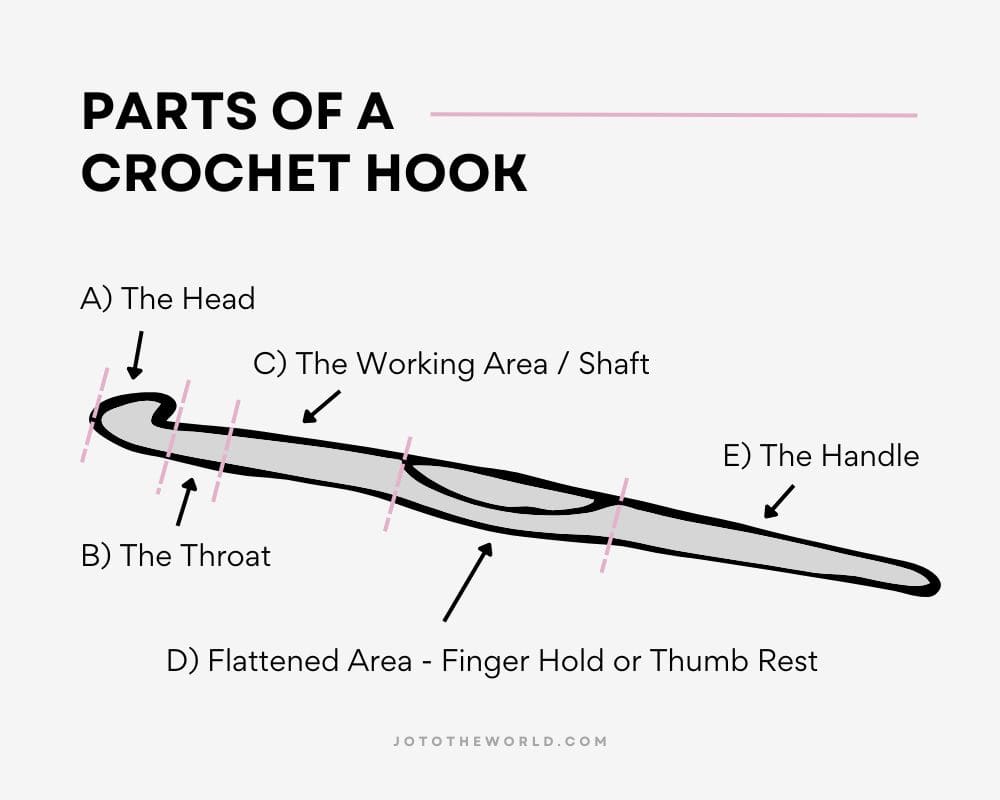
A crochet hook is made up of 5 parts:
- The Head – the tip of the hook that you will insert into stitches.
- The Throat – what catches the yarn and guides it onto the working area/shaft.
- The Working Area / Shaft – holds the loops you are working on. The shaft is also where the crochet hook is measured and determines the size of your stitches.
- Flattened Area – the place you can put your finger or thumb depending on how you grip your hook.
- The Handle – is the bottom part of the hook and controls the overall movement of the hook.
Now let’s look at a crochet hook in action:
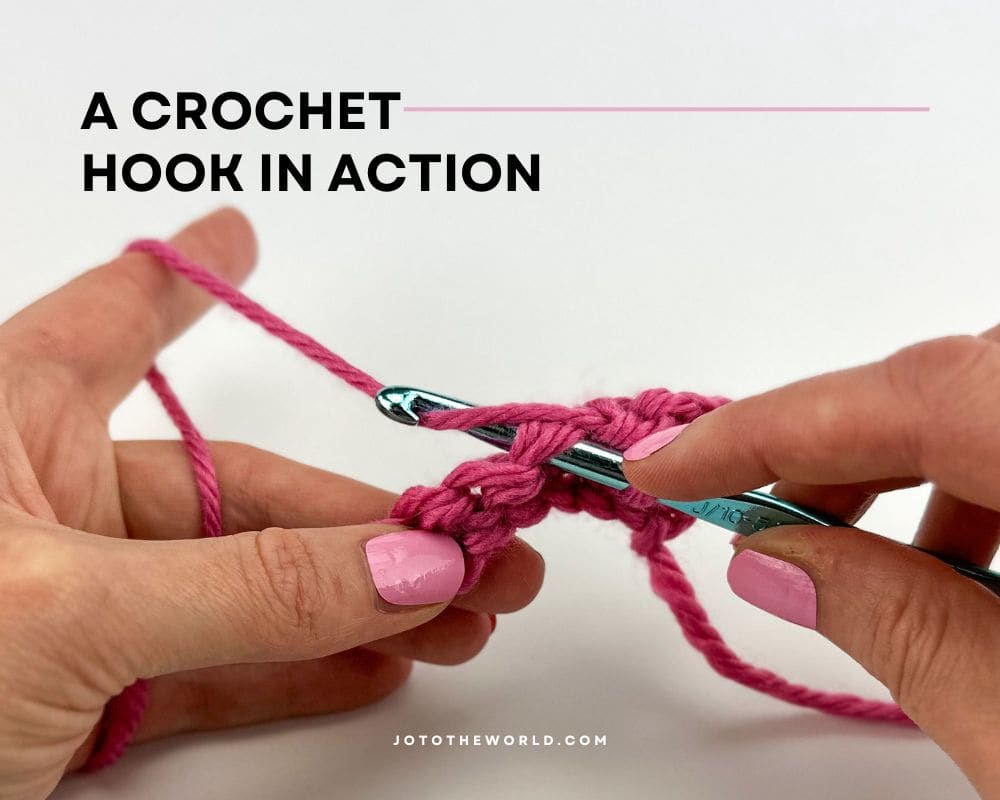
As you can see in the picture above, the yarn that is about to be pulled through the stitch is currently on the hook’s throat and there are stitches on the hook’s working area / shaft. I have my thumb on the hook’s flattened area and the handle is under the palm of my hand.
Crochet hooks are held in your dominant hand. Crochet hooks are the same whether you are right or left-handed (there are no hooks specifically for right-handed or left-handed crocheters).
Ways to Hold a Crochet Hook
The way I am holding the hook in the image above is referred to as the “Knife Grip.” This is one of the easiest ways to hold a crochet hook. The other easy way is called the “Pencil Grip.”
As we dive into these grips, it’s important to know that there is no one right or wrong way to hold a crochet hook. You can choose whatever way feels most comfortable to you (and know that nothing may feel completely comfortable at first but will over time).
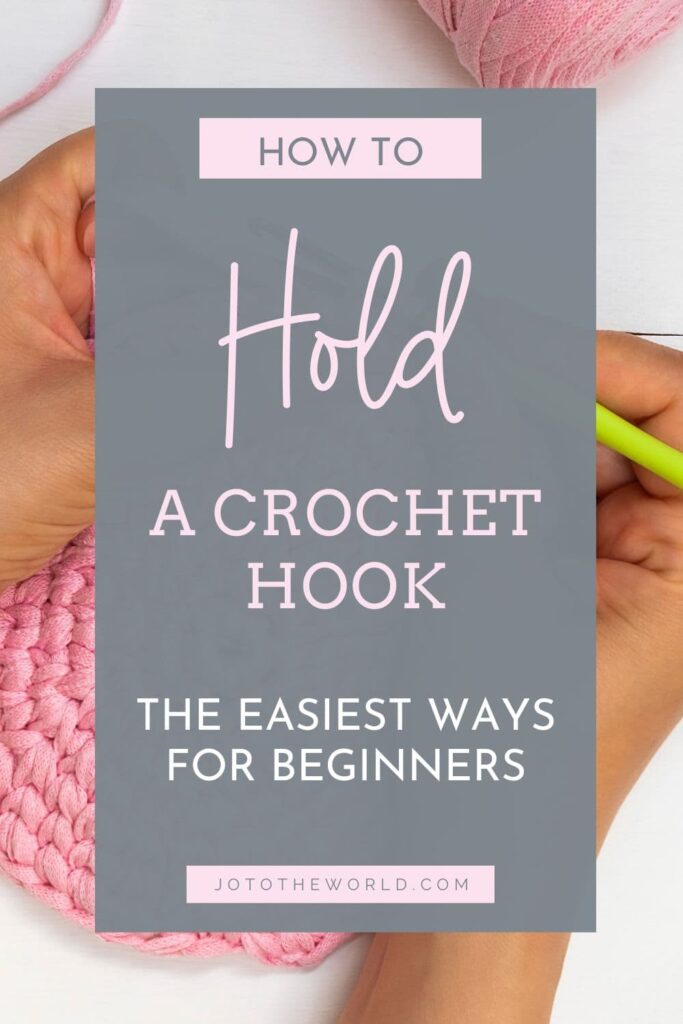
Knife Grip
The first grip we will review is the Knife Grip. It’s called this because it resembles holding a knife. Imagine buttering bread and think about how you would hold the knife to do that.
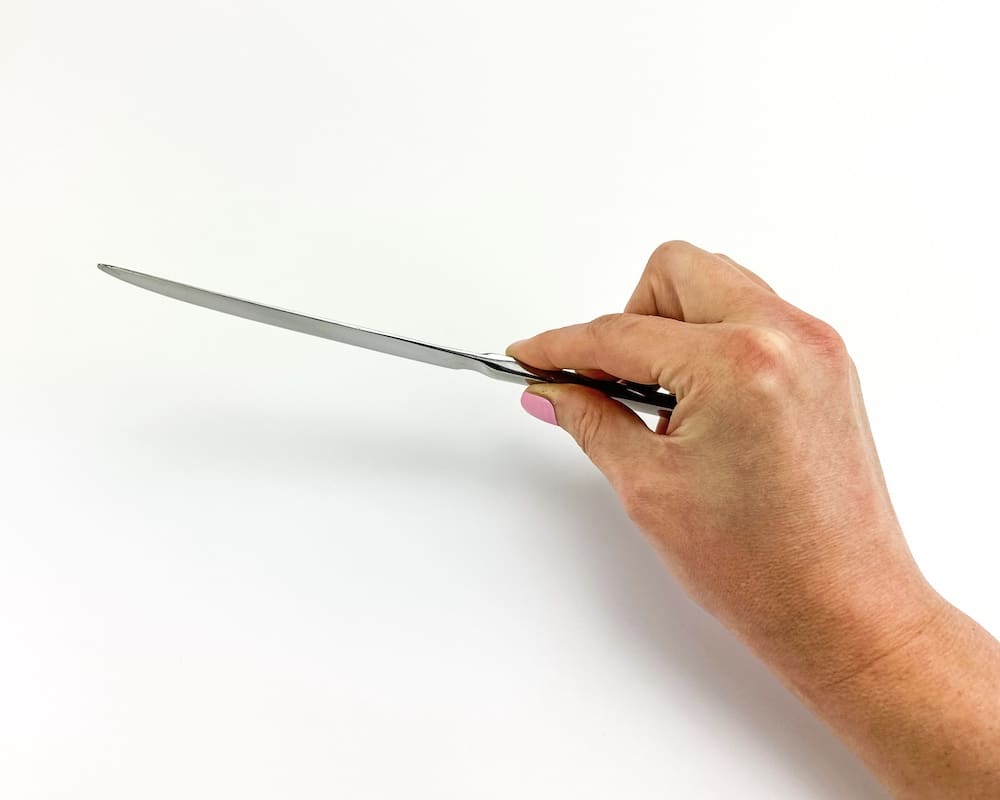
When you hold a knife, your index finger is almost straight and on the top. Your thumb is on the bottom. The handle goes under the palm of your hand with your remaining three fingers bent and resting on the handle.
Now take a crochet hook and hold it the same way.

Place your index finger on top of the flattened area and your thumb on the bottom of the flattened area. The hook handle should be underneath the palm of your hand. Your three remaining fingers are bent and are supporting the movement of the handle.
This is one of the two most popular and common ways to hold your crochet hook.
Pencil Grip
The other common grip is called the Pencil Grip. It’s called the Pencil Grip as it resembles holding a pencil.
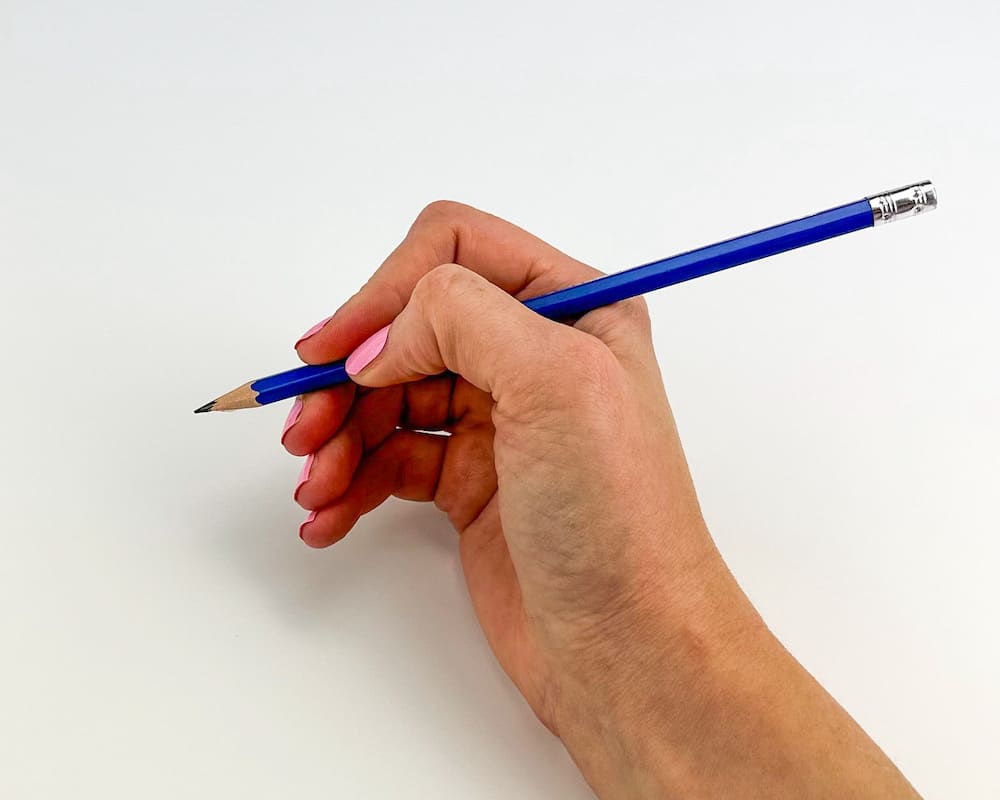
In this Pencil Grip, the pencil handle comes out between your index finger and thumb and the pencil is gripped between your index, middle fingers and thumb.
Now let’s hold a crochet hook like we would a pencil.
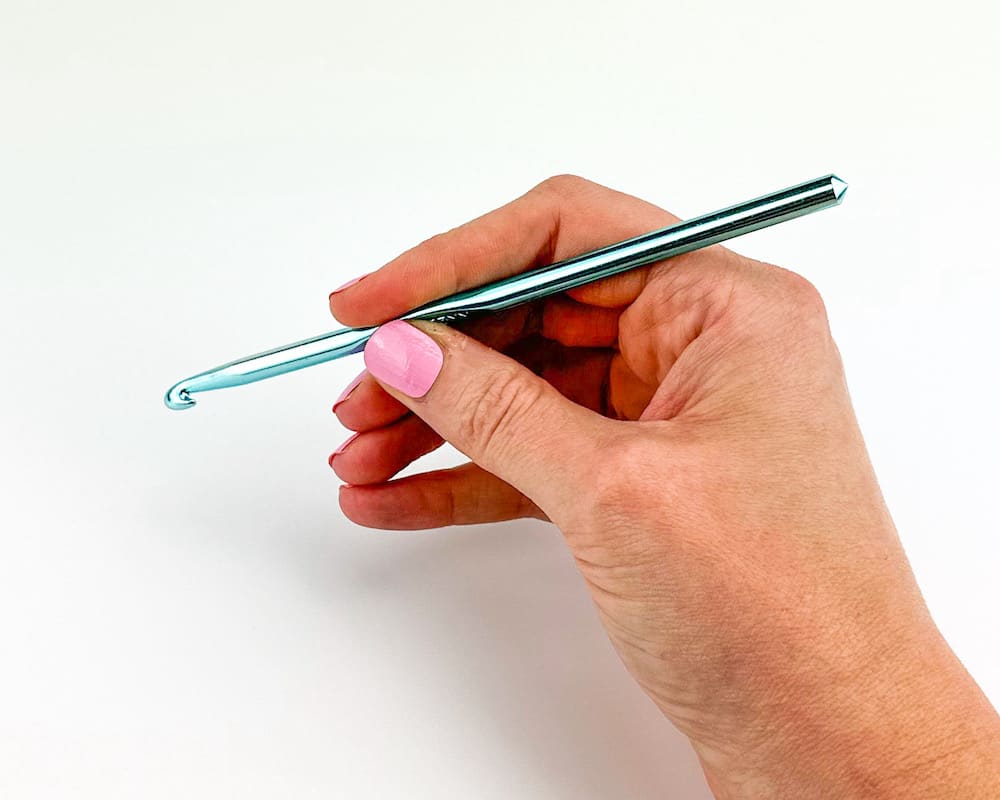
With the Pencil Grip, just like the previous grip, your index finger is on the top of the flattened area and your thumb is on the bottom.
There are two major differences with this grip and the previous grip we looked at. In the Pencil Grip, the handle of the hook does not go under the palm of your hand like it does in the Knife Grip. Also, the hook in the Pencil Grip is gripped by three fingers – your index finger, middle finger and thumb. In the Knife Grip, your index finger and thumb do most of the work.
Affiliate Disclosure: This post may contain affiliate links meaning I may receive a commission for purchases made through links in this post at no extra cost to you. As an Amazon Associate, I earn from qualifying purchases.
Tips for Holding a Crochet Hook
I really want to emphasize that you can decide how you want to hold the hook and experiment with feels most natural to you. You want it to be comfortable. Here are some more tips for holding a crochet hook:
- Don’t hold your crochet hook too tightly. Gripping the hook too tightly can cause pain in your hand. It’s normal for your grip to feel slightly awkward at first but there should be any pain.
- Aluminum hooks are great for beginners as the yarn slides smoothly.
- Some crocheter prefer ergonomic hooks as they have padding and are good if you have Arthritis.
- As you learn how to crochet you can experiment with hooks made of different materials to determine which kind you like best. You can see all the hook types in my Complete Guide to Crochet Hooks.
Frequently Asked Questions About Holding a Crochet Hook
How Do You Hold a Crochet Hook for Beginners?
The two easiest ways to hold a crochet hook for beginners is either by holding the crochet hook like you would a knife (picture yourself spreading butter) or gripping your hook the way you would pencil. Both are efficient ways to hold a hook and are generally comfortable.
What is the Correct Way to Hold a Crochet Hook?
There is no correct way to hold a crochet hook. You can hold the crochet in any way that feels natural and comfortable. The most common ways to hold a crochet hook is either the “knife grip,” which is just like holding a knife and the “pencil grip,” which is just like holding a pencil. You can also modify these grips however you would like.
Is it Better to Hold a Crochet Hook Like a Knife or Pencil?
There isn’t a “better” way to hold a crochet hook. You can decide which grip feels best for you. The “knife grip” and “pencil grip” are two commonly used grips that both achieve the same result. The important thing is that your hands feel comfortable and you don’t have pain.
You Might Also Like
Download. Print. Keep.
Get Instant Access to ALL Printable Patterns
Make your crocheting more enjoyable, relaxing and productive with printable PDF patterns.
- 100+ premium crochet patterns.
- Download, save and print from any device.
- No ads or popups!
Not sure yet? Take a look at the Pattern Library and see all the patterns you can download once you’re a member.

Save with Pattern Bundles
For a limited time, I’ve grouped some of my most popular crochet patterns and I’m offering them as pattern bundles where you can get the printable versions for one low, discounted price. Check out these incredible Crochet Pattern Bundles.

Easy Baby Blanket Bundle
With this Easy Baby Blanket Bundle, you’ll get SIX easy crochet baby blankets as printable downloads. Each pattern includes step-by-step instructions and a full video tutorial.

Delightful Baby Blanket Bundle
This incredible deal includes six SIX blanket patterns that are a delight to make and create truly stunning blankets – all as printable PDFs for one low, discounted price.
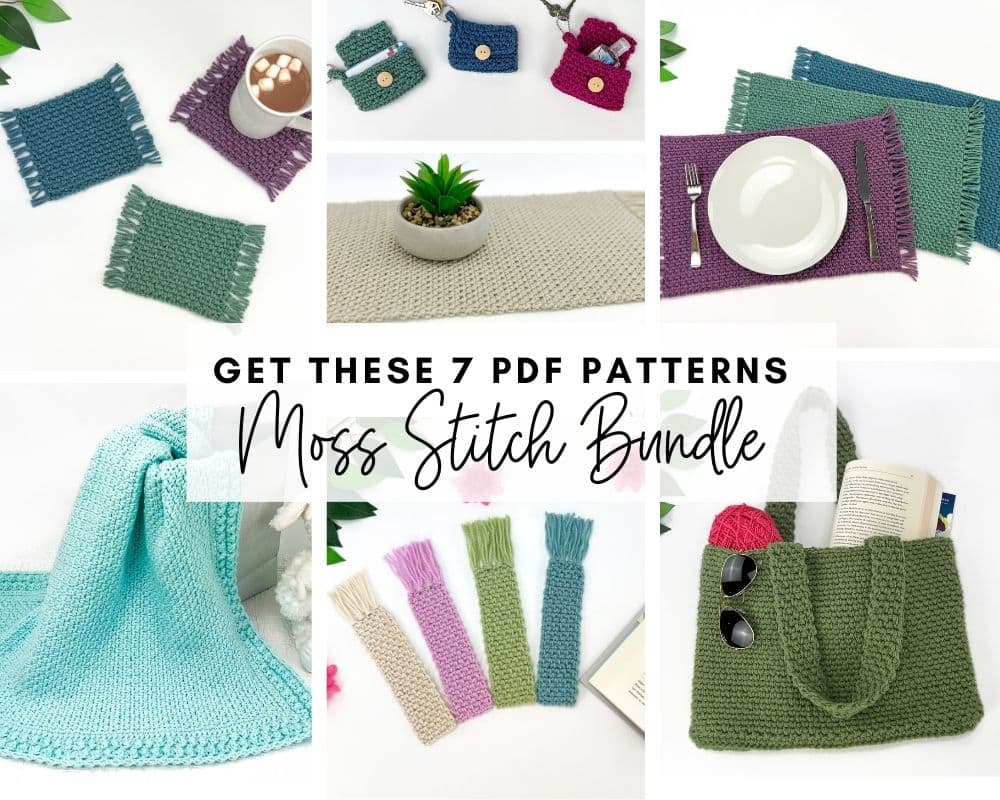
Moss Stitch Pattern Bundle
All your favorite Moss Stitch patterns in one bundle! Get SEVEN easy Moss Stitch crochet patterns as ad-free, print-ready PDFs to print, save and keep forever.
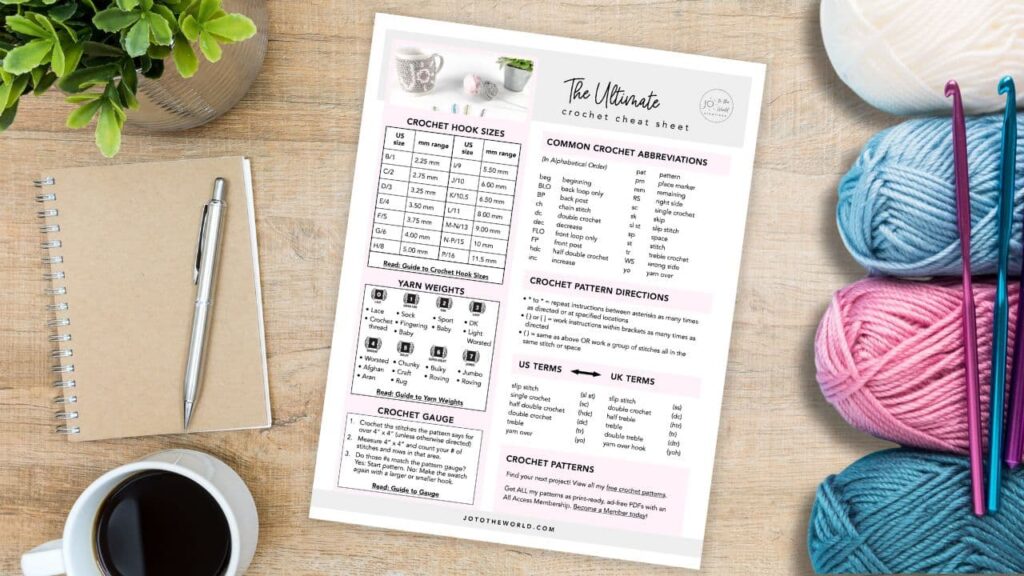
Free Crochet Cheat Sheet
Get instant access to this Ultimate Crochet Cheat Sheet! Plus you’ll receive free patterns for crochet gifts delivered right to your inbox!
Featured Crochet Patterns
Pattern Collections
Free Patterns for Crochet Gifts
Never miss a pattern! Get all my secrets to making incredible crochet gifts as well as new free crochet patterns and exclusive deals when you sign up for my newsletter (it’s free!).

